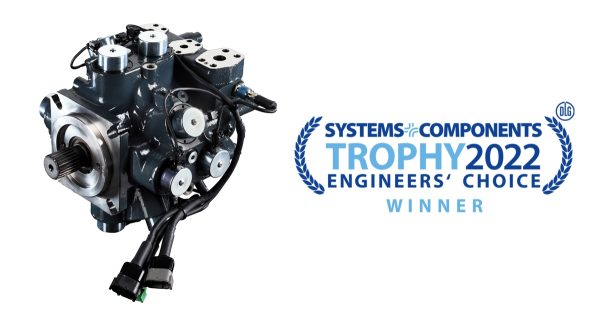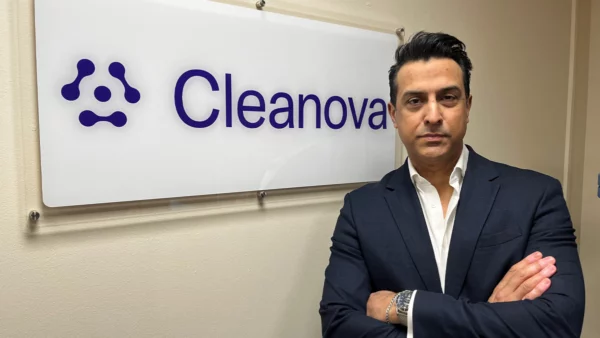Eaton Acquisition Brings Industrial Hydraulics Market to Danfoss
President foresees no layoffs or facility closings
By Michael Degan, Fluid Power Journal Editor

Eric Alström
Danfoss Power Solutions operates almost exclusively in the off-highway market, but its recent acquisition of Eaton’s hydraulics division opens up industrial distribution avenues that Danfoss plans to take advantage of.
“Both of us are leaving our old companies behind and creating something brand new,” Danfoss president Eric Alström told Fluid Power Journal. “It will be a very different player in the market.”
“We actually complete each other very well because [Danfoss is] almost exclusively in off-highway distribution, while Eaton hydraulics has a mix of industrial and off-highway. So that’s another new channel for us,” Alström said. “The industrial channel is something that you can’t build from scratch.”
He said Danfoss will leverage Eaton’s industrial products, market access, and customer relations.
“We get a wider and broader manufacturing footprint than ever before.”
Among other Eaton facilities worldwide, Danfoss will take over operations at sites in Japan and South Korea. Both countries are production locations that “we’ve dreamt of,” Alström said.
Alström expects the acquisition to have little impact on Eaton employees, who now become Danfoss employees. There are no plans to close any Eaton facilities or to relocate any operations, Alström said.
“It’s very, very difficult to predict what the future will hold,” he said. But he noted, “We didn’t spend $3.3 billion to start a cost-savings approach. This is a growth story, not a cost synergy play. I want to be very clear on that, and I said that to employees too.”
He said Eaton’s former workforce will be kept busy.
“We get 700 or 800 additional engineers. We’re going to put them all to work,” he promised.
“We double our sales force. We can service even more customers out there and do it better than we did before. That’s the mindset. It’s not that we’re going to cost-cut ourselves to prosperity. That’s never how we’ve been doing things in Danfoss.”
Any potential changes to facilities will be for logistical purposes, Alström said.
“If anything, we will try to put supply closer to our manufacturing locations, which in the end will benefit our customers.”
Danfoss will continue investing in research and development, he said.
“We have so many new programs, so much new technology in the pipeline, that program management is a bottleneck for us today. So that’s another great opportunity for us to be faster in bringing new technology to the market. We have some very excited engineers right now that are getting together and looking at the stuff on both sides.”
Alström said Danfoss continues investing in research to address the environmental concerns of customers and governments around the world.
“In our industry, frankly speaking, even end customers have not cared so much about emissions. They’ve cared much more about productivity. But I think there’s a different conscience in our industry right now. It’s absolutely become a top priority for customers large and small. The hydraulic system is the biggest drag on engine performance. So if we can make an efficient hydraulic system, we can reduce emissions significantly.”
The goal of reducing emissions has led to a “competition” between electrification and hydraulics, Alström said. One result is two engineering camps.
“You have a set of brilliant hydraulics engineers that are trying to improve technology that’s been around for 50-60 years, and at the same time, under the umbrella of Danfoss Power Solutions, you have an electrical team that is fighting to become as energy dense and power dense as hydraulic solutions for these machines.”
Can one side – electrification or hydraulics – “win”?
“I see it as our sort of insurance premium for the future. If there’s a substitution effect, where electrification substitutes [for] hydraulics, we got it. But for most applications, that day is pretty far away. Energy density and power density still speak in favor of hydraulics. What we can do on the hydraulic side is work more on hybrid solutions that significantly reduce the emissions of diesel-powered machines.”
“We believe hydraulics still has a future, otherwise we would not have invested in Eaton hydraulics.”








Happy ???? for the Eaton employees.